Peace lilies are a beautiful and versatile houseplant, adding peaceful vibrancy to any home. But have you ever considered planting them outside? With their gorgeous white blooms on deep green foliage, it may seem like the perfect option for balancing out your garden – but can peace lilies grow outdoors? In this blog post, we’ll explore everything you need to know about cultivating this beloved flowering plant in an outdoor setting. From learning how much sunlight they require to understanding whether or not they will survive frosty conditions – we’re here to answer all of your questions so that you can decide if a peace lily is the right choice for your garden!
Peace Lilies
These plants, also known by their scientific name Spathiphyllum, are highly cherished by garden enthusiasts due to their lush green leaves and exquisite white blooms. Originating in tropical regions of the Americas and Southeastern Asia, they are a symbol of serenity and tranquility. [1] While usually seen adorning indoor environments, peace lilies can indeed thrive outdoors, enriching your garden with an exotic, tropical touch. Let’s explore how to cultivate these elegant plants in your outdoor space.
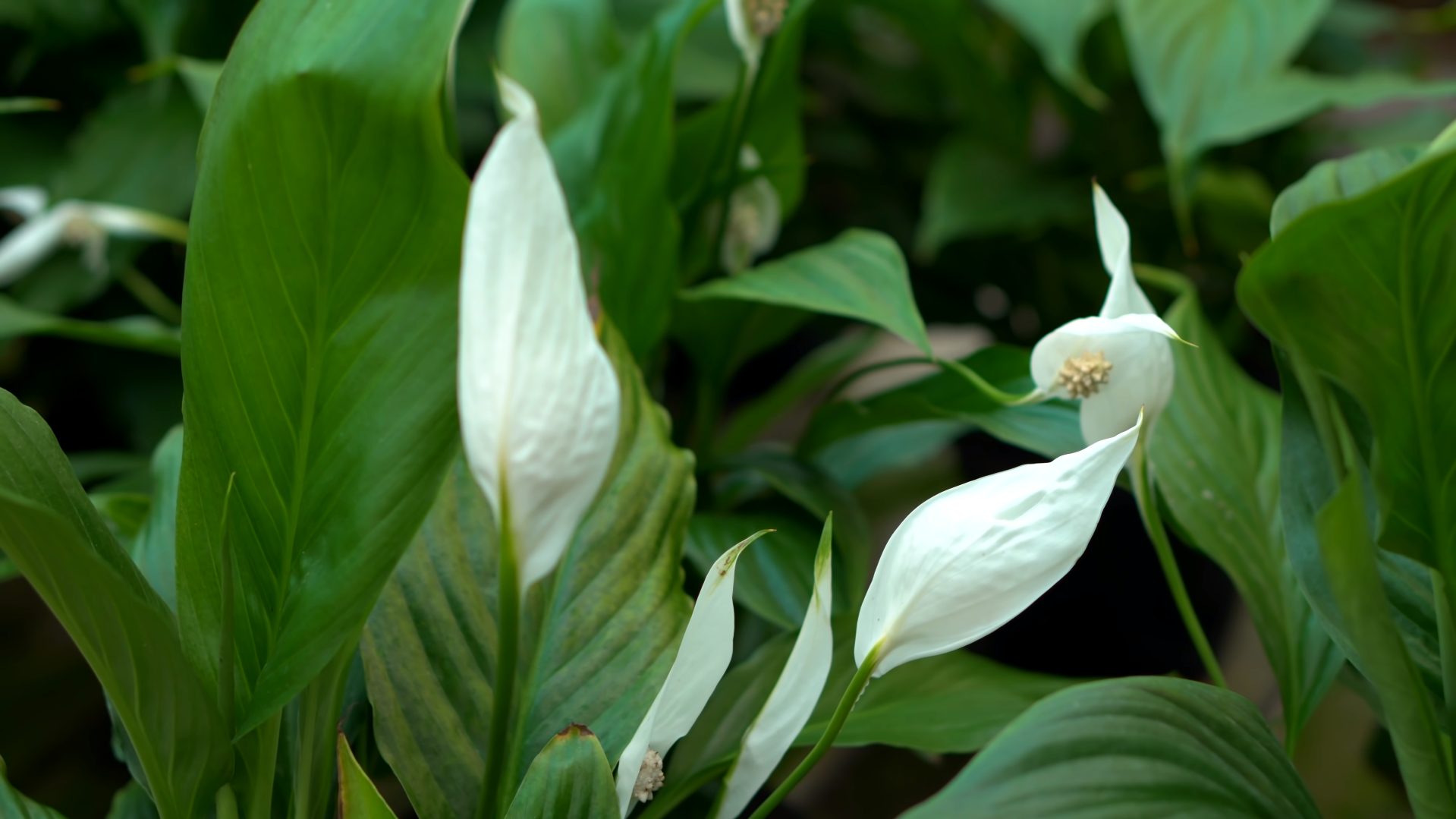
Characteristics & Types
Peace lilies come in a variety of types, each with its unique characteristics. Some of the popular varieties include:
- Spathiphyllum wallisii: This is the most common type of peace lily, with glossy green leaves and enduring white flowers. These plants tend to reach a height of up to 4 feet, which makes them a captivating addition to your outdoor garden.
- Spathiphyllum ‘Mauna Loa’: Named after the Hawaiian volcano, this particular type is recognized for its sizable, rich green foliage and sizable, white blossoms. It has the potential to reach a height and spread of up to 3 feet, which makes it ideal for expansive gardens.
- Spathiphyllum ‘Petite’: As its name suggests, this is a smaller variety of peace lily, growing up to 1 foot tall. It’s an excellent choice for those with limited outdoor space or for adding a delicate touch to larger gardens.
- Spathiphyllum ‘Domino’: This variety is unique for its variegated leaves, splashed with white. Growing up to 4 feet tall, ‘Domino’ can add an interesting visual contrast to your garden.
Despite their tropical origins and vigorous growth, peace lilies are not considered invasive. Contrasting to many other types that can spread rapidly and disrupt local ecosystems, peace lilies are generally well-behaved and stay within their planted boundaries. Their growth is slower compared to many other plants, and they do not self-seed, which greatly reduces their potential to become invasive. That said, it’s still important to monitor their growth and maintain them properly to ensure they don’t outgrow their allotted space. If they grow too large, they can be easily divided and repotted, allowing you to control their size and spread. This characteristic makes peace lilies a great choice for gardeners looking for an exotic, yet responsible addition to their gardens.
No matter the type, these plants are known for their ability to thrive in low-light environments and with little water. They are sensitive to overwatering though – so it’s important to check the soil moisture levels before adding any more water. When choosing the type of peace lily for your garden, consider factors such as available space, desired aesthetic, and maintenance level. Each type has its growth habits, care requirements, and unique beauty to offer.
Popularity Peace Lilies for outdoor decoration
Peace lilies have become incredibly popular on a global scale for outdoor decoration, thanks to their abundant foliage and beautiful white flowers that effortlessly complement a variety of garden aesthetics. Its popularity spans continents. In the United States, they’re adored for their low-maintenance nature and their ability to thrive in the humid climates of the southeastern states. In Europe, particularly in the United Kingdom and the Netherlands, peace lilies are cherished for their air-purifying qualities and the tropical charm they lend to outdoor spaces. These plants are also widely loved across Asian countries like India and Indonesia, where the warm, tropical climate perfectly suits their growth. Their popularity extends over decades, standing the test of time due to their versatility – they can complement both modern, minimalist gardens as well as traditional, abundant ones. The worldwide fascination with the peace lily stems from more than just its captivating appearance. It is treasured around the world for its symbolic embodiment of peace and serenity, making it a beloved and cherished addition to gardens everywhere.
Considerations Before Planting Peace Lilies Outside
When contemplating planting peace lilies outside, it’s essential to understand their natural habitat and requirements. Originally from tropical rainforests, peace lilies thrive in warm, humid environments with indirect sunlight. They are not frost-tolerant and prefer well-draining soil that is kept consistently moist. Before planting, consider these factors alongside your local climate to determine the most suitable location for your peace lilies.
Despite their serene beauty, peace lilies are unfortunately toxic if ingested, making them unsuitable for homes with pets or small children who may be tempted to chew on the leaves or flowers.Calcium oxalate crystals are present in them, resulting in potential symptoms like mouth burning, skin irritation, and stomach upset upon ingestion. In severe instances, it may lead to challenges in swallowing or breathing. If a pet has ingested part of a peace lily, symptoms can include excessive drooling, vomiting, or loss of appetite. [2]
If you suspect your pet has ingested a peace lily, it’s important to contact a vet immediately. That said, simply touching the plant is generally not harmful – the toxic compounds are only released when the plant material is chewed or ingested. Moreover, peace lilies can also cause skin irritation in sensitive individuals, so it’s advisable to wear gloves when handling them. However, proper precautions should be taken to ensure safety, especially if the plant is accessible to pets or children.
Steps to Successfully Plant Peace Lilies Outside
Successfully planting outdoors requires a thoughtful approach and a clear understanding of their growing conditions. This section will guide you through the crucial steps of planting in your outdoor garden, ensuring their healthy growth and longevity. Let’s delve into the process.
Acclimation Process
Before planting, it’s crucial to acclimate them to the outdoor environment gradually. Abrupt changes in light, temperature, or humidity can stress the plant and lead to problems like leaf burn or wilting. Begin by selecting a shaded and protected spot outdoors, where your peace lily can be exposed for a few hours each day. Gradually increase the duration over a week or two, monitoring the plant carefully for any signs of stress. This acclimation process will help your flowers adjust to the outdoor conditions, preparing it for a successful transition to its new environment.
Timing and Season
The timing and season for planting is a vital aspect to consider. These plants are tropical in nature and consequently, they fare best in warm, humid conditions. The optimal time to transition them outdoors is during the late spring or early summer when the threat of frost has passed. This gives them ample time to adjust before the hottest part of summer. Consider the climate of your specific region and make necessary adjustments to ensure the temperature remains above 55 degrees Fahrenheit. Failure to maintain suitable conditions may result in harm to your peace lilies.
Location Selection
Selecting the right location for your peace lilies is a paramount step in ensuring their successful growth outdoors. Remember, peace lilies are understory plants in their natural habitats, meaning they grow beneath the canopy of larger trees and plants. As a result, these plants thrive more in filtered light or partial shade instead of being exposed to direct sunlight, as it can lead to leaf scorching.
Choose a part of your garden that gets ample shade, or where the sunlight is diffused by other taller plants or structures.To prevent waterlogging and the subsequent risk of root rot, it is imperative to ensure that the location selected for your peace lilies has proper drainage. If the soil in your area is predominantly heavy clay and tends to retain water, you may want to enhance it by incorporating organic matter. Another alternative is to grow your peace lilies in raised beds or containers. Accessibility is another factor to contemplate; placing your peace lilies within reach will make it easier for you to monitor their health, water them regularly, and move them indoors if necessary.
Soil Preparation
The soil in which you plant your peace lilies can significantly affect their growth and overall health. Peace lilies thrive in well-draining, rich, and slightly acidic soil with a pH between 5.5 and 6.5. [3] Begin by testing the soil’s pH to ensure it falls within this range. If not, amendments may be necessary. Enhancing the soil structure and nutrient content can be achieved by incorporating organic matter such as compost or peat moss. This promotes root growth and ultimately leads to healthier plants.
If you’re planning to plant in containers, it’s advisable to use a premium potting mix specifically formulated for indoor plants.This can provide the right balance of drainage and water retention needed for peace lilies. Remember to avoid heavy, waterlogged soils, as these can lead to root rot, a common issue with peace lilies. Proper soil preparation is a crucial step in the planting process, setting the stage for your peace lilies to thrive outdoors.
Planting Process
After preparing your location and soil, it is time to begin planting your peace lilies. Begin by excavating a hole that is twice as wide and deep as the root ball. Delicately extract the peace lily from its pot, being mindful to preserve the integrity of the roots. Position the plant in the hole so that the soil surface aligns with the top of the root ball. Fill the hole with the previously prepared soil, gently compressing it around the plant’s base. Thoroughly water the vicinity to settle the soil and expel any trapped air.
Watering and Mulching
Watering and mulching are critical in maintaining the health of your flowers.For optimal care of your plants, it is suggested to water them when the upper layer of soil becomes dry. It is important to keep the soil moist yet well-draining, as overwatering can lead to root rot, causing significant damage or even the demise of your plants.On the other hand, under-watered flowers will show their displeasure with droopy leaves.
Mulching helps to conserve soil moisture, reduce weed growth, and regulate soil temperature. Apply a 2-inch layer of organic mulch such as compost, bark chips, or leaf mold around the base of your peace lilies, taking care not to pile it against the stem of the plant which could encourage rot. Refresh the mulch as needed throughout the growing season, typically in the spring and fall.
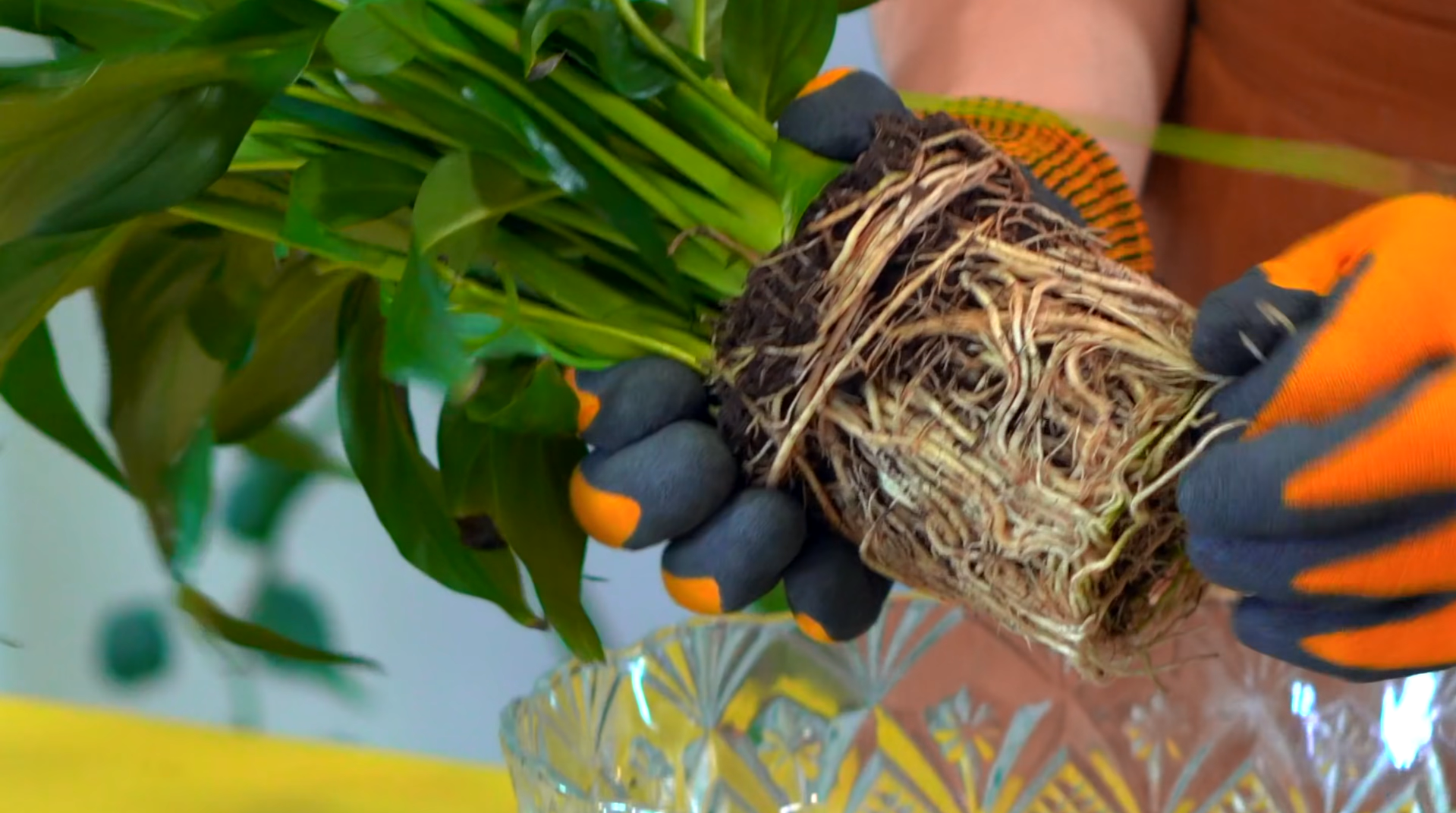
Caring for Outdoor Peace Lilies
Once your peace lilies are successfully planted and established, they will require ongoing care to ensure their health and longevity. Peace lilies are generally easy to care for but they do require specific attention.
First and foremost, it is important to regularly feed your peace lilies with a good fertilizer. This will encourage healthy growth and plentiful blossoms. To ensure proper fertilization, it is recommended to follow the instructions provided on the packaging. Generally, apply the fertilizer once a month throughout the growing season. It is important to avoid excessive fertilization as this can result in salt accumulation in the soil, potentially causing harm to the plant.
Secondly, remember to clean the leaves occasionally. Dust and grime can accumulate on the large, glossy leaves of flowers, potentially inhibiting their ability to photosynthesize effectively. Gently wipe the leaves with a damp cloth or give the plant a gentle shower with lukewarm water to keep it clean.
Lastly, peace lilies are generally resistant to most pests but keep an eye out for common indoor plant pests such as mealybugs, spider mites, and aphids. If you notice any signs of infestation, intervene immediately with natural or chemical pest control methods.
By adhering to these guidelines for the ongoing care and upkeep, you can guarantee the continued healthy growth and blooming of your outdoor peace lilies. This will add a dash of tropical sophistication to your garden for many years.
Challenges and Mitigation
While growing peace lilies outdoors offers numerous aesthetic and environmental benefits, it’s important to acknowledge potential challenges and their mitigation strategies to ensure a healthy, thriving garden. One common challenge is exposure to the wrong light conditions. Too much direct sunlight can scorch the leaves, while too little can hinder growth and blooming. Regularly monitor the plants and adjust their location if necessary to provide the optimal balance of light.
Another challenge could be inadequate or excessive watering. Overwatering can cause root rot, manifesting as yellowing leaves and a wilting appearance, while underwatering may lead to droopy leaves. Monitor the moisture levels of the soil on a regular basis and make necessary adjustments to watering. The goal is to maintain a moist soil without overwatering it.
Finally, incorrect soil pH or nutrient imbalances can impact peace lily health. Regular soil tests can help you monitor the soil’s pH and nutrient content, allowing you to make necessary adjustments with soil amendments or fertilizers.
By understanding these potential challenges and implementing suitable mitigation strategies, you can create an optimal environment for your peace lilies to flourish, ensuring a vibrant and verdant outdoor garden.
Decorative Ideas for Home and Garden
Peace lilies have the ability to greatly enhance the aesthetics of your home and garden with their abundant greenery and exquisite white flowers. To create an appealing aesthetic, consider displaying peace lilies in decorative pots or baskets that complement your home decor. You might select pots in neutral hues for a minimalist aesthetic or vibrant colors for a more eclectic vibe. Remember, peace lilies can grow quite large, so choose a pot that can accommodate their growth.
In the garden, peace lilies make an excellent focal point when planted in groups. Their striking white flowers contrast beautifully with the greenery of other plants, creating a tropical oasis. Alternatively, you can use peace lilies as border plants along walkways or around a patio.
Incorporating peace lilies into flower arrangements is another brilliant idea. Their long-lasting and subtly fragrant blooms pair well with other tropical flowers such as anthuriums and orchids, creating a stunning display that can elevate any space.
By using these decorative ideas, you can truly utilize the aesthetic potential of peace lilies, transforming your home and garden into a peaceful sanctuary imbued with natural beauty.
Frequently Asked Questions
Can peace lily stay outside in winter?
Peace lilies are tropical plants and are not suited to cold winter temperatures. They are generally hardy in USDA zones 11-12, where the minimum temperature typically doesn’t go below 50°F (10°C). In cooler climates, peace lilies should be brought indoors before the first frost to protect them from cold damage. If left outside in cold winter conditions, they may not survive.
Where should I plant my peace lily outside?
Peace lilies thrive best in a location that gets bright, indirect light. Choose a spot in your garden that is shaded from the harsh midday sun, but still receives some daylight. An area under the canopy of taller trees or next to a building that provides some shade would be ideal. Keep in mind that peace lilies also prefer well-draining soil, so avoid areas where water tends to pool. If you are in a region where winter temperatures drop below 50°F (10°C), you may want to plant your peace lily in a container that can be moved indoors during the colder months.
How cold is too cold for a peace lily?
Peace lilies are highly sensitive to cold and frost. Generally, temperatures below 50°F (10°C) are too cold for these tropical plants and can cause damage to their leaves and overall health. Sustained exposure to sub-optimal temperatures may result in the plant’s death. Therefore, if you live in a region where temperatures regularly dip below this threshold, it’s advisable to grow your peace lily indoors or in a pot that can be moved inside during colder months.
Should a peace lily be kept inside or outside?
Peace lilies can thrive both inside and outside, depending on the specific conditions. These plants are native to the tropical rainforests of Central and South America, where they enjoy a warm, humid environment. They are well-suited to indoor cultivation, especially in regions with cooler climates. Indoors, they can provide a touch of tropical elegance to any room while purifying the air of common household toxins.
However, provided the right conditions, peace lilies can also be grown outdoors. They can add a lush, tropical feel to your garden or patio. They prefer shaded areas with indirect light and well-draining soil. In areas with mild winters where temperatures don’t drop below 50°F (10°C), peace lilies can be successfully grown outdoors year-round.
Do peace lilies flower all year?
Peace lilies, while considered a blooming plant, do not typically flower all year round. Their flowering period usually occurs in the early summer and lasts for about two months. However, under optimal conditions and with proper care, peace lilies can produce flowers sporadically throughout the year. The plant’s flowering is often triggered by a period of stress, such as a slight drought, followed by abundant water. Additionally, providing the plant with adequate indirect light, maintaining a comfortable room temperature, and ensuring high humidity can encourage more frequent blooming.
Useful Video: Can Peace Lilies Be Planted Outside?
Conclusion
Peace lilies can be the perfect addition to your outdoor spaces. When carefully tended to, they will not only provide visual beauty to your home but also offer a tranquil atmosphere for you and your guests alike. Plus, due to their hardy nature, peace lilies can withstand temperature changes that may occur in your area, ensuring they will last for years to come. Whether planted alongside a pond or in an empty flower pot on your patio, these stunning plants are sure to breathe new life into any outdoor space. Additionally, with proper care and attention, the peace lily may even reward you with its distinctive white blooms to boot! Start searching for the perfect peace lily today and bring the beauty of nature into your life without ever leaving home
References:
- https://www.petalrepublic.com/peace-lily-meaning-and-symbolism/
- https://theyardandgarden.com/is-a-peace-lily-toxic-to-cats/
- https://microveggy.com/peace-lily-soil-mix/







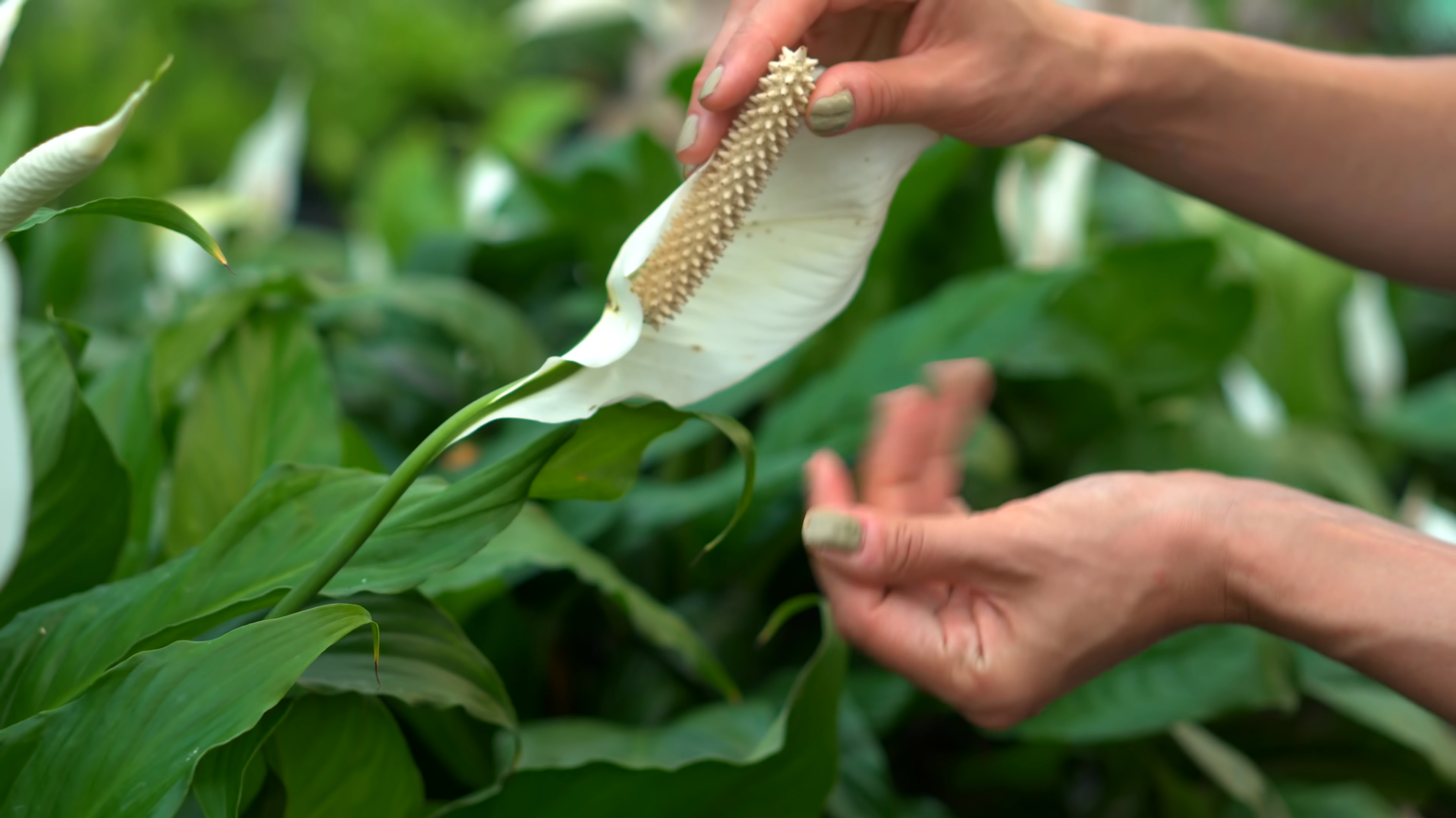
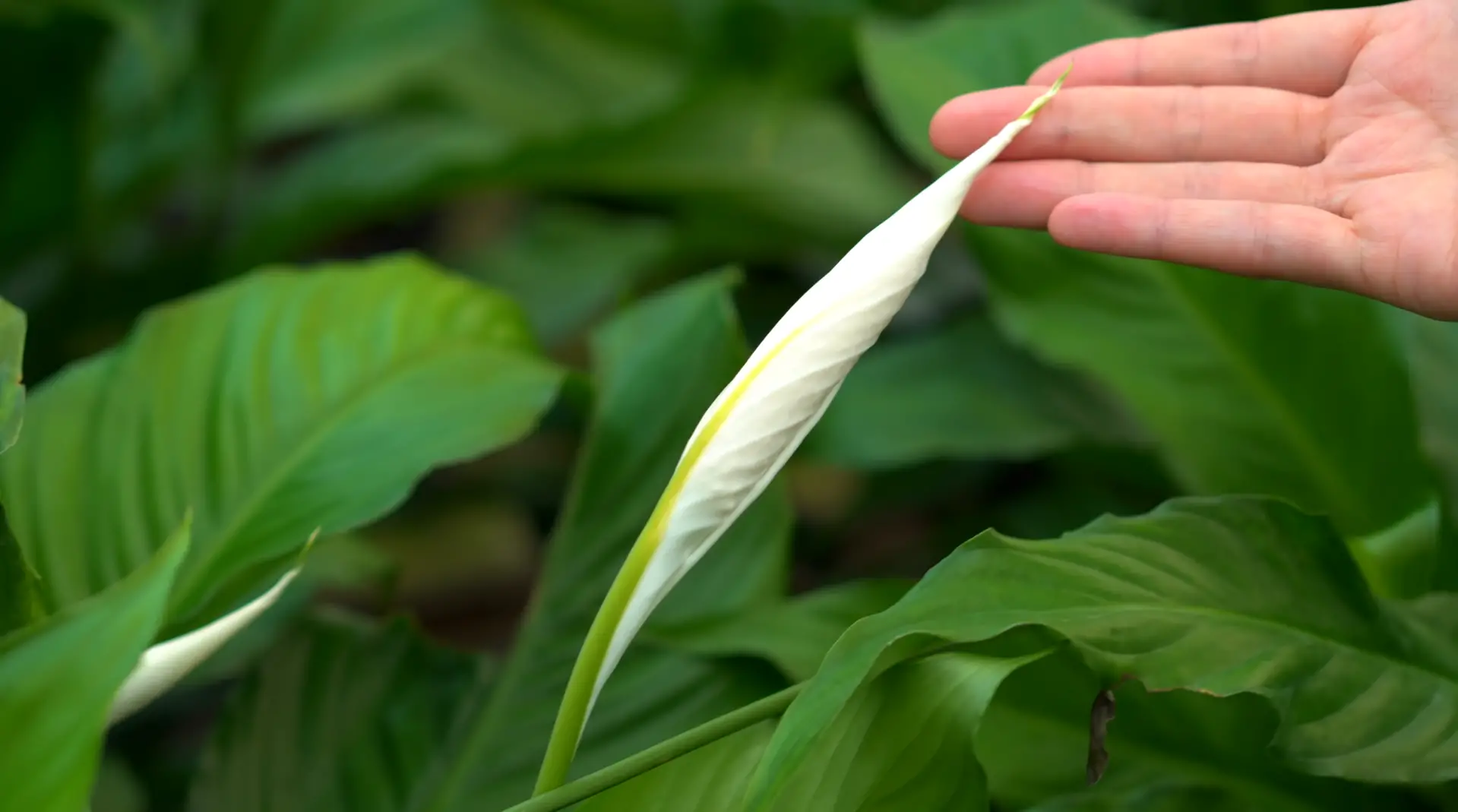
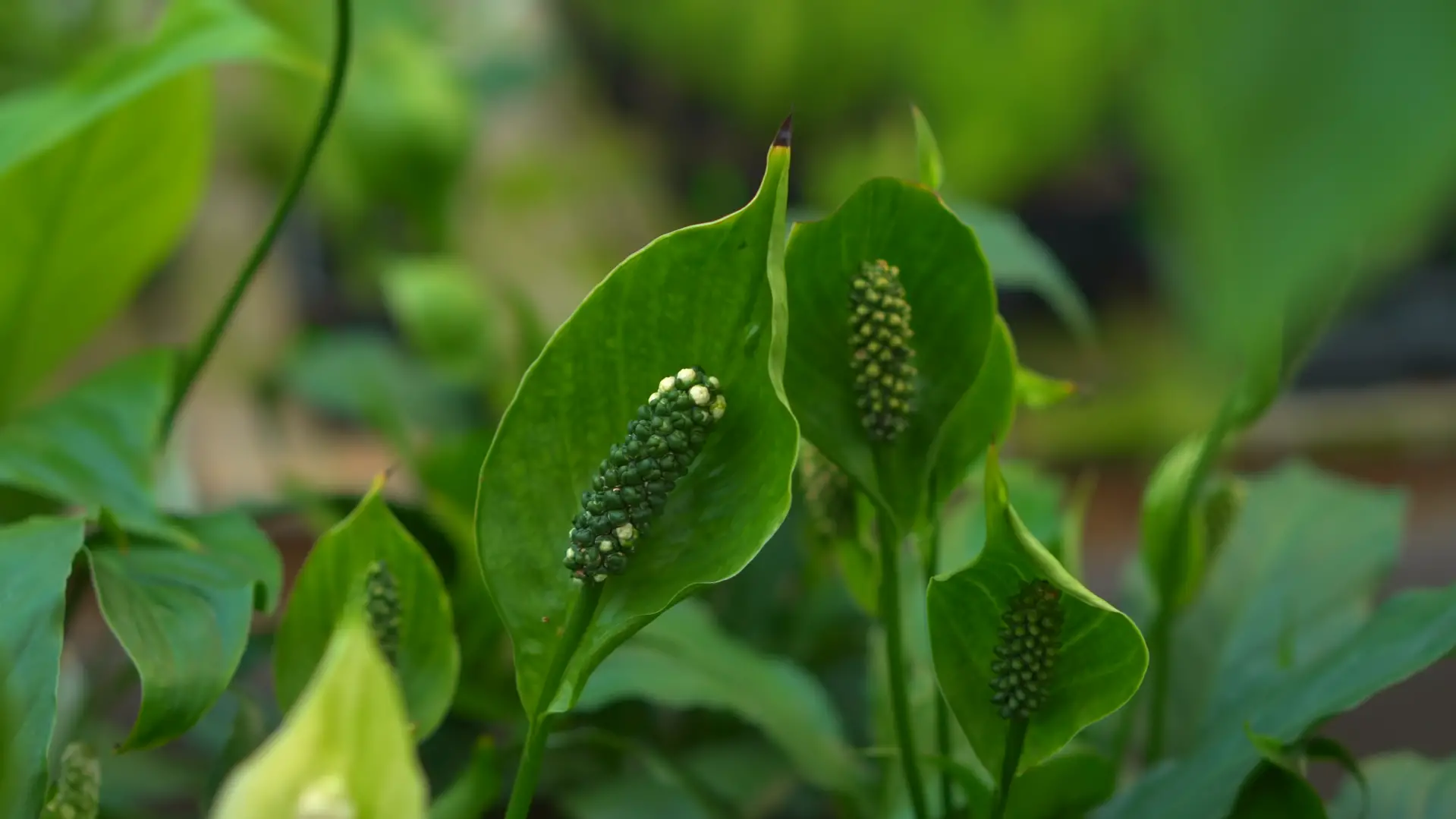
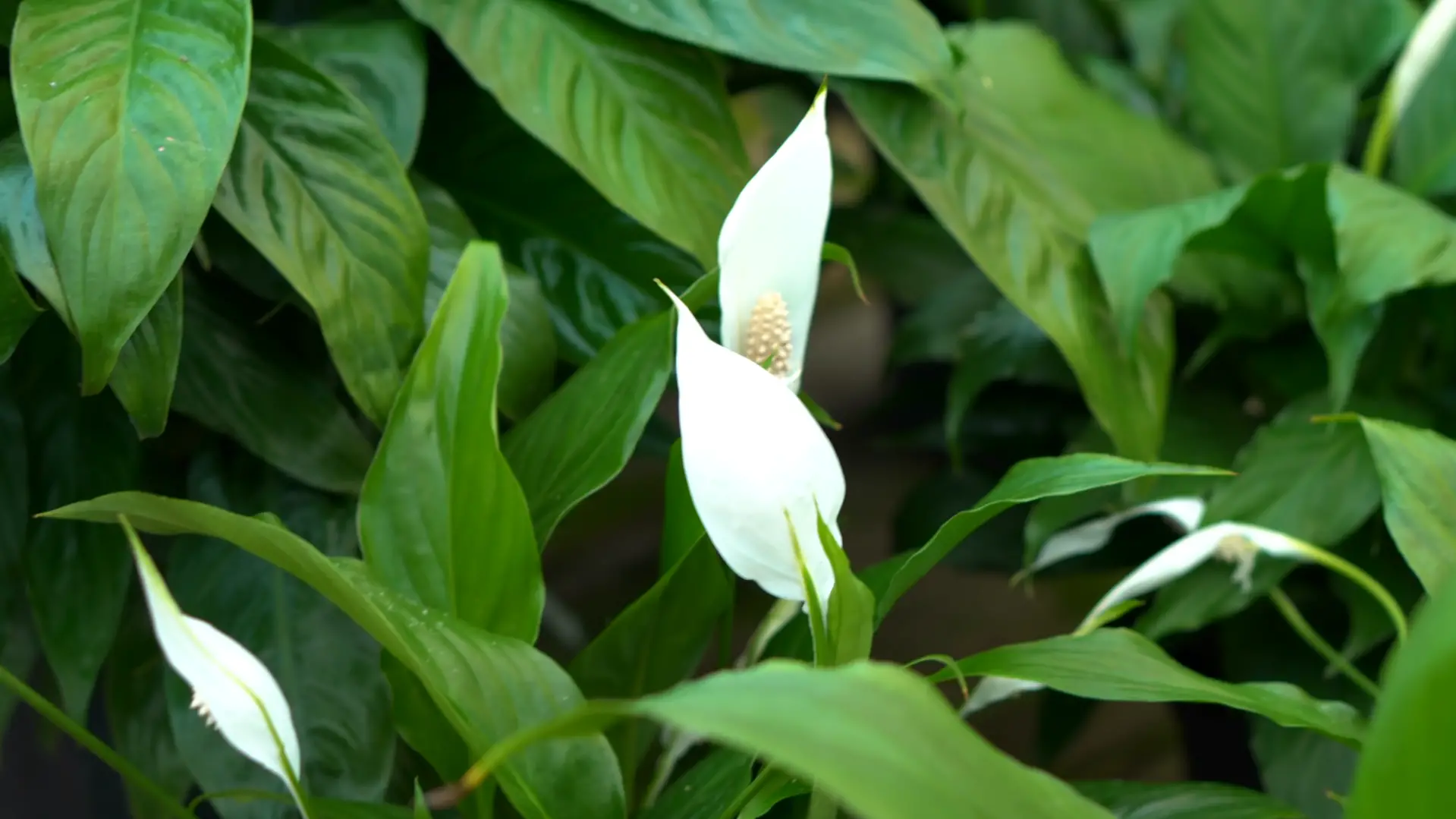




Leave a Reply
View Comments